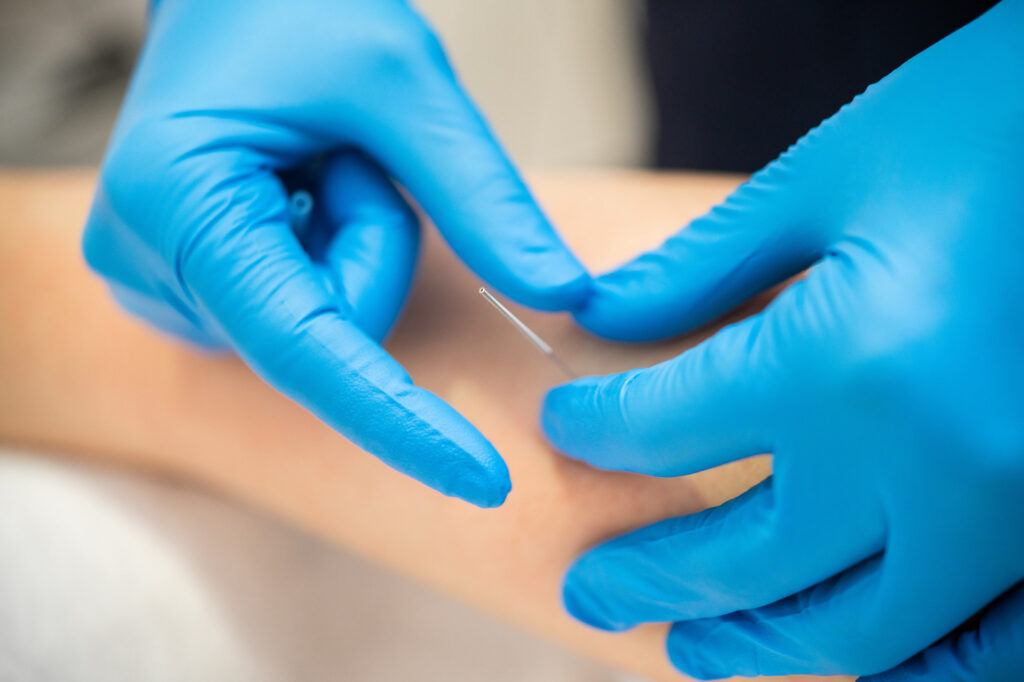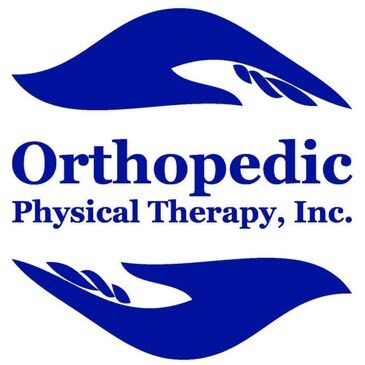Specialized Scar Tissue Treatment Using Dry Needling
First in the State to Offer Dry Needling — Experience Counts. Our unique scar tissue treatment with dry needling targets deep restrictions, eases discomfort, and restores your body’s natural motion—so you can feel like yourself again.
Scar Tissue Holding You Back? We Can Help.
Scars tell a story, but they shouldn’t limit how you move or feel. If you have tight, painful, or overly sensitive scar tissue, it could be restricting your range of motion, causing pain, and preventing your body from moving freely.

Do you have scars on your body?
Do you know that scars may:
- Limit range of motion
- Be extra sensitive to touch
- Contribute to pain
Limited range of motion or flexibility of scars can affect how your body moves and contribute to pain levels. Imagine that you have been duct taped around a scar—the skin and surrounding tissues are no longer gliding. You might feel like you have been “glued down” around a scar, or it may be constantly tender to light touch or even your clothing.
How We Treat Scar Tissue
- Manual Therapy & Self-Massage Techniques – Gently mobilizing the scar to increase flexibility
- Scar Tissue Dry Needling – A targeted approach to release tight tissue, improve blood flow, and restore movement
- Customized Treatment Plans - Personalized solutions to reduce discomfort and improve mobility
If you have an old scar from c-section, surgery, or trauma, manual techniques and dry needling treatments may still help decrease your pain level and improve your mobility.

Success Stories
-Richmond, VA
-Richmond, VA
Scar Tissue Dry Needling - Frequently Asked Questions
Do keloid scars respond to scar tissue dry needling?
A keloid scar is an overgrowth of scar tissue that forms after an injury, surgical procedure, or even minor skin trauma. Unlike typical scars, keloids are thick, raised, and can extend beyond the original wound site. Scar tissue dry needling may help to decrease sensitivity and reduce raised areas of the scar.
How soon after surgery can I receive scar tissue dry needling?
Typically, we recommend waiting until your incision is fully closed and healed (usually 12 weeks post-surgery), but this varies based on individual healing rates. We’ll assess your specific situation during your initial consultation.
Is scar tissue dry needling treatment painful?
You may experience some mild discomfort during treatment, but most patients describe it as a “releasing” sensation rather than pain. Any post-treatment soreness typically resolves within 24-48 hours.
How many sessions will I need for scar tissue treatment?
Most patients see improvement after the first session, though this varies based on the age of your scar, its size, and how it’s affecting your mobility. Older, more established scars may require more consistent treatment for optimal results.
How does scar tissue dry needling work?
Scar tissue can create adhesions between layers of tissue that should normally glide smoothly against each other. These adhesions can:
- Restrict your movement
- Cause compensation patterns that lead to pain elsewhere
- Create sensitivity around the scar area
Using specialized dry needling techniques, we target these restrictive tissues to:
- Stimulate blood flow to the area
- Promote healing and tissue regeneration
- Reduce sensitivity around the scar
What results can I expect from scar tissue dry needling?
Most patients experience increased flexibility around the scar area, decreased sensitivity to touch, improved ability to move without pulling sensations, and often reduction in referred pain patterns. The scar typically becomes softer, more mobile, and better integrated with surrounding tissues
Ready to Feel Better? Experience Counts
Don’t let pain hold you back. If you have questions or want to know what treatments are right for you, contact us today to schedule a consultation at our Richmond, VA office. Let’s get you moving again!
